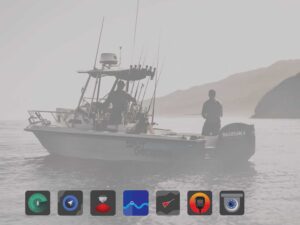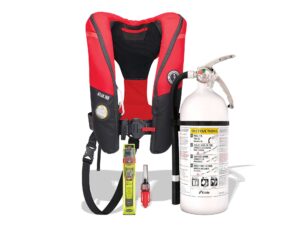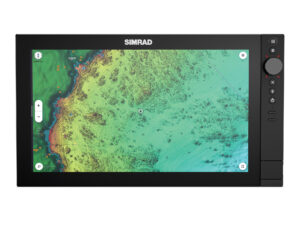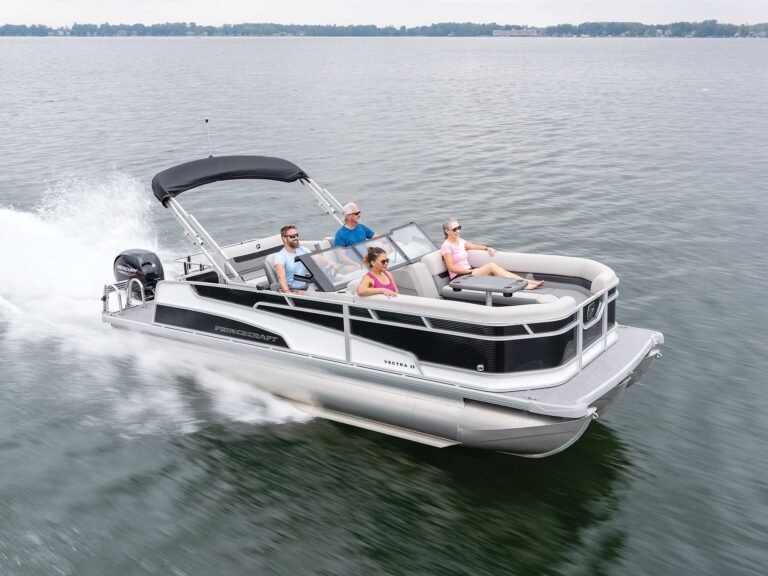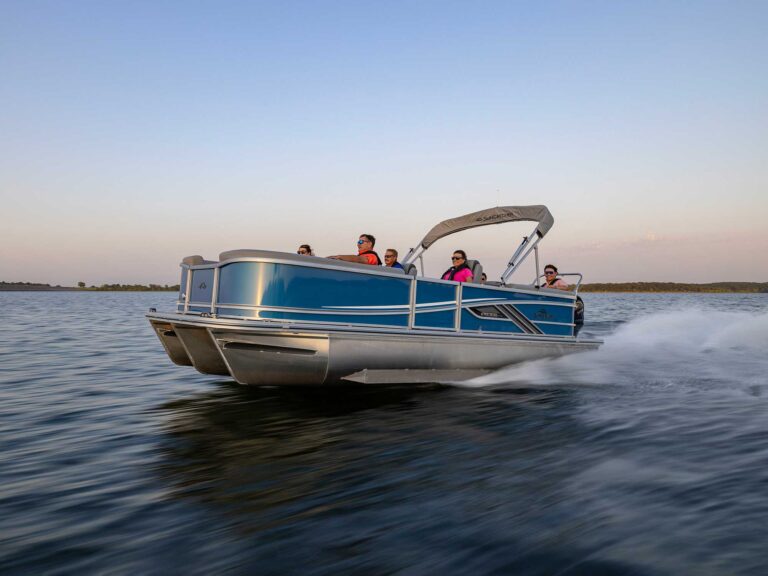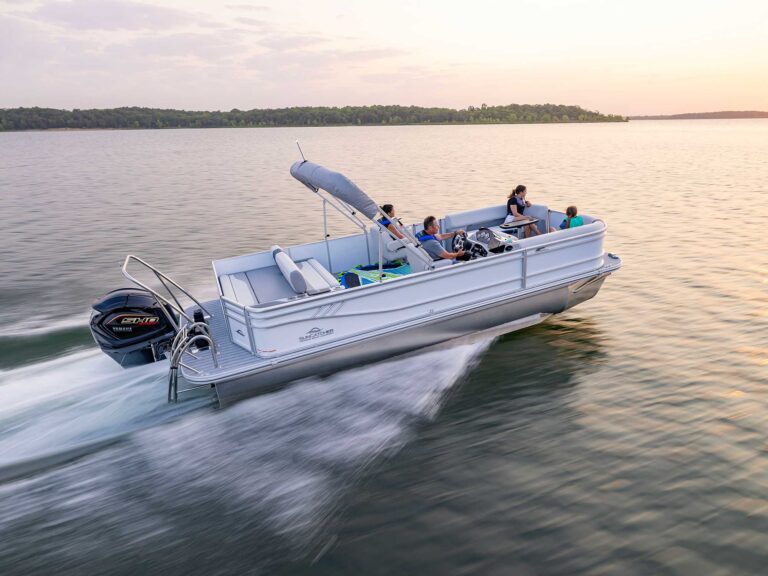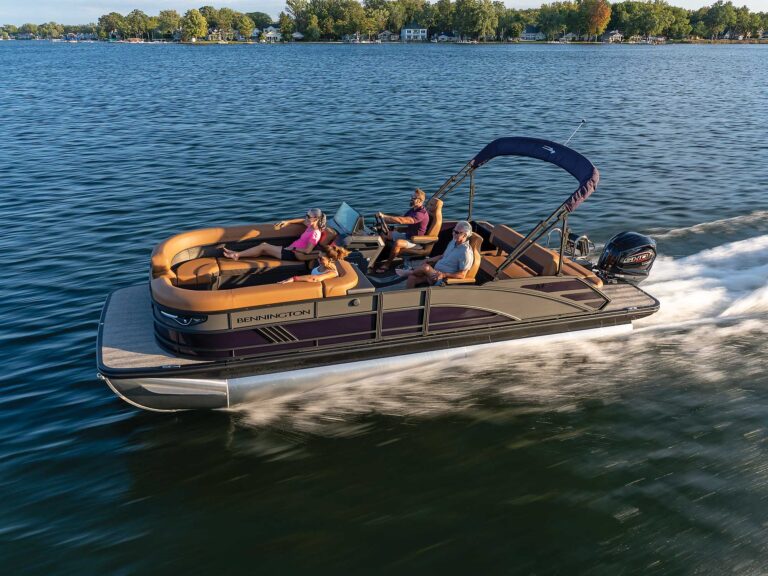Whether shopping for a new boat or planning to upgrade the sound system of your existing boat, you can find many exciting new products on the market to boost your fun. Here are some of the trends we see in stereos along with some tips for choosing and installing a system that can bring you happiness for years.
Media Matters
Though many still use them and most stereo makers continue to provide players for them, CDs seem to be heading the way of cassettes and eight- tracks, and broadcast radio fades in and out as your boat travels. That leaves two main media bubbling to the top of boater preferences: satellite radio and MP3s.
Power Boost
If you want just background music at anchor, you might be OK without an amplifier, but in a boat, ambient noise and the open-air environment easily cancel out sound levels that might be too loud in a car or home. You’ll need an external amp to get that “living room” effect.
Woofs and Tweets
Your system can be so potent that, when you jam out, stunned carp float to the surface, but if the sound’s quality isn’t just as strong, humans will be even more annoyed than the fish. In this aspect of your system, quality speakers are key.
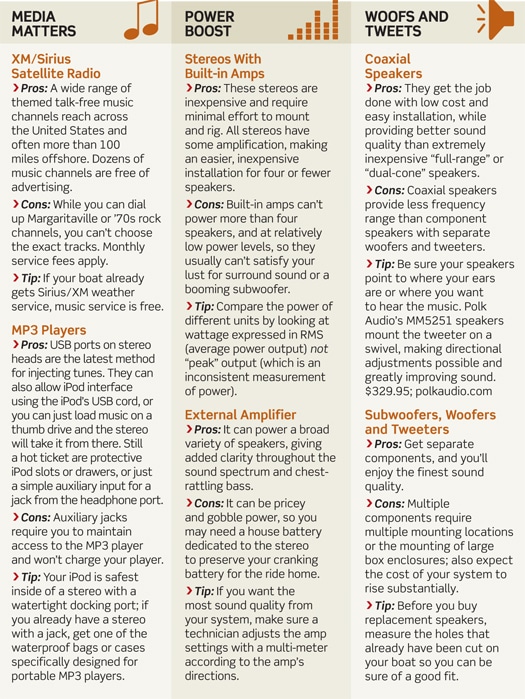
Location, Location, Location
No matter how well a marine stereo is built, it will last longer if protected from salt spray. Many boat manufacturers now mount stereos in a compartment and wire a waterproof remote on the helm station. If protected mounting isn’t an option, pick up a dedicated stereo enclosure (about $50 at any marine supply store).
Connections
Failed connections can be your system’s biggest enemy. Moist air and vibration will kill twisted or wire-nut connections, so make all of your connections with spade connectors. Spray them with CorrosionX or Boeshield T-9 corrosion inhibitor, and then cap them off with heat-shrink protectors. By doing so, you’ll extend their effective lifetimes by years. Finally, make sure all wires are loomed and secured every six inches, so they don’t swing, sway and chafe when your boat travels through rough seas.

